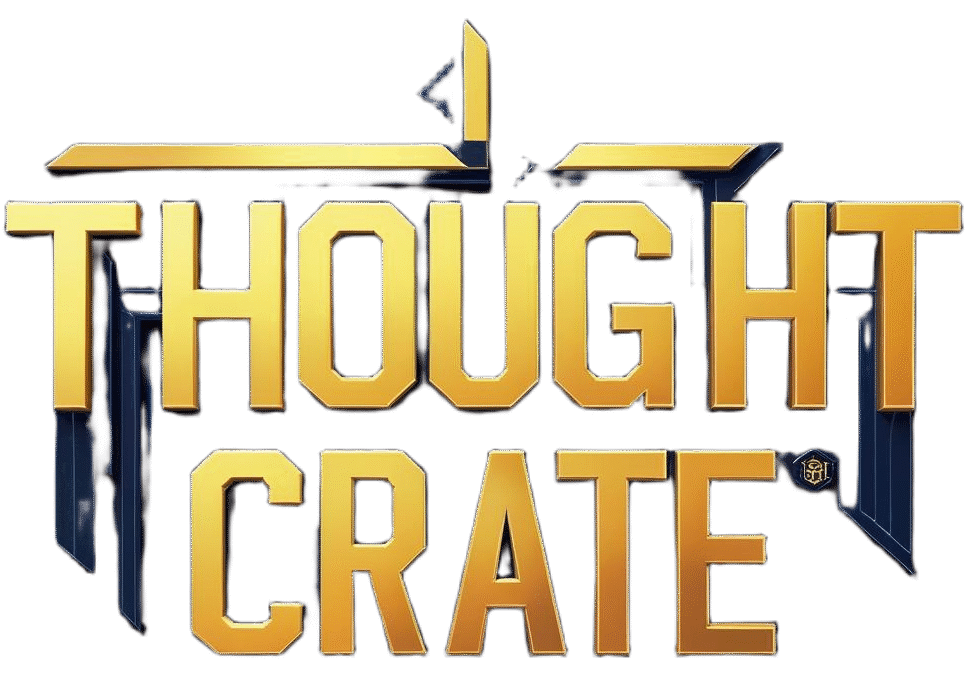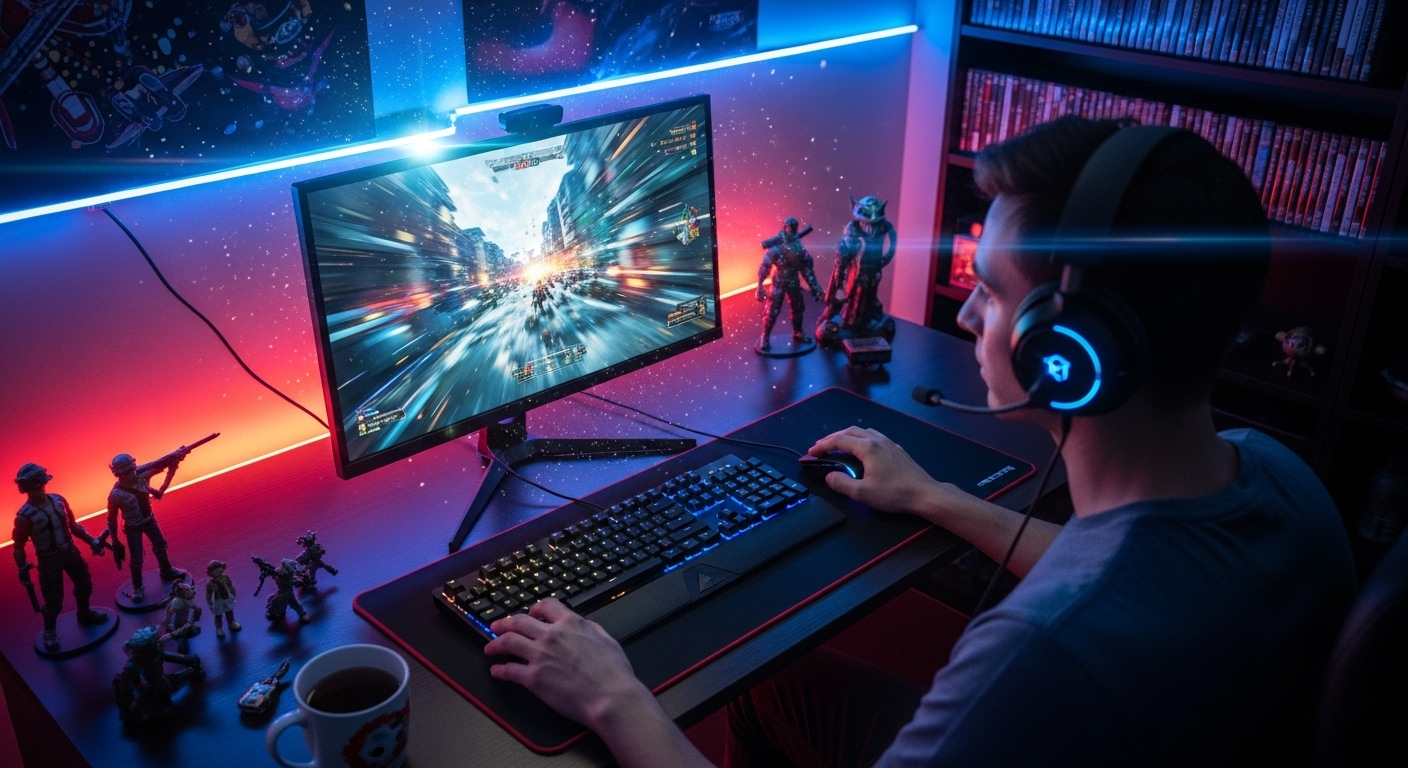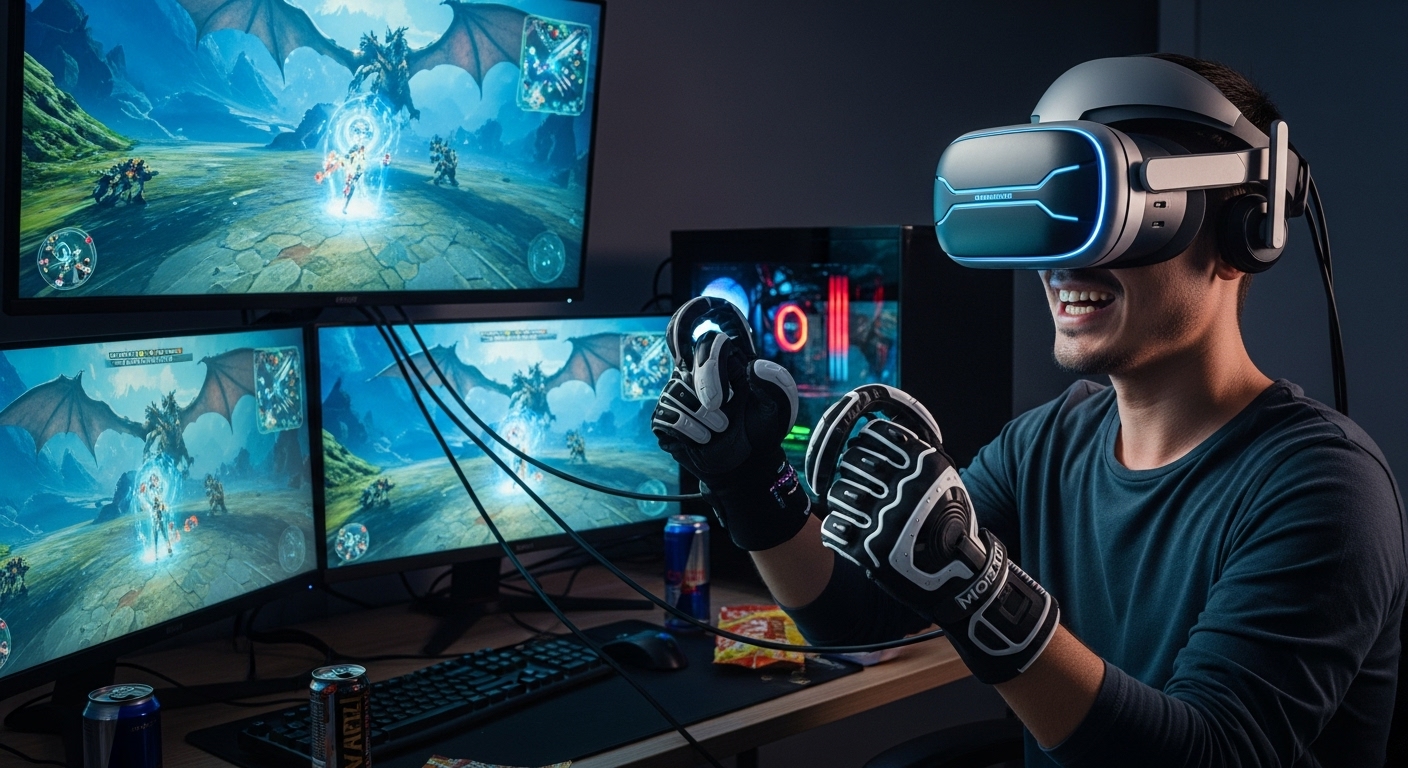Gaming has evolved far beyond what we once imagined. From the pixelated screens of early video games to the highly immersive experiences of virtual reality (VR), the industry has seen remarkable growth. Today, gaming is not just a hobby but a global cultural phenomenon, influencing art, technology, and social interactions in ways that were once unthinkable. But how did we get here? Let’s take a look at the evolution of gaming and what makes this medium so unique.
The Beginnings: The Birth of Video Games
The history of video games dates back to the 1950s, but it wasn’t until the 1970s that gaming as we know it began to take shape. In 1972, Pong, one of the earliest arcade games, was released by Atari. Its simple premise — bouncing a ball between two paddles — was the first step toward creating a global entertainment industry. The 80s and 90s saw the rise of iconic consoles like the NES, Sega Genesis, and Super Nintendo, as well as the golden age of arcade games. These years laid the foundation for the gaming culture we see today, with the first franchises like Super Mario, Pac-Man, and Street Fighter making their mark.
The Rise of 3D and Online Play
As technology advanced, so did the sophistication of games. The late 90s and early 2000s saw the shift from 2D to 3D environments, with consoles like the Sony PlayStation and Nintendo 64 leading the way. This era also saw the rise of online multiplayer gaming, where players could battle, cooperate, and socialize in virtual spaces. Games like Halo, World of Warcraft, and Counter-Strike opened up new dimensions of gameplay, allowing gamers to connect globally, transcending geographic boundaries.
The introduction of Sony PlayStation 2 in 2000 was a game-changer. It allowed for deeper storytelling and cinematic experiences. Titles such as Grand Theft Auto: San Andreas, Final Fantasy X, and Metal Gear Solid 2 demonstrated that video games could be more than just entertainment—they could be art.
The Age of High-Definition Graphics and Open Worlds
Fast forward to the 2010s, and the landscape of gaming had changed dramatically. With the introduction of high-definition graphics, gamers could now experience photorealistic worlds and deeply immersive environments. Games like The Elder Scrolls V: Skyrim, Red Dead Redemption 2, and The Witcher 3: Wild Hunt pushed the boundaries of what we thought was possible, offering vast open-world experiences where every action and decision could shape the world around you.
This era also brought about the expansion of indie gaming. Developers no longer needed massive budgets or big-name studios to create compelling games. Titles like Minecraft, Hollow Knight, and Celeste proved that creativity and innovation could lead to massive success, with many indie games winning critical acclaim and commercial success.
Virtual Reality and Beyond: The Future of Gaming
Today, gaming is entering a new frontier: virtual reality. Devices like the Oculus Quest and PlayStation VR have allowed players to step inside the game world. VR gaming provides a level of immersion that traditional gaming can’t match. You’re no longer just watching the action; you’re part of it.
The potential for VR is enormous. Imagine being able to walk through the streets of an ancient city, or to solve puzzles in a fully interactive 3D world. VR could revolutionize not only entertainment but also education, healthcare, and other fields by offering hands-on, immersive experiences that weren’t possible before.
The Social Aspect of Gaming: More Than Just Play
One of the biggest shifts in recent years is the social component of gaming. What was once a solitary activity is now a highly social one. With the advent of platforms like Twitch and YouTube, gaming has evolved into an experience that can be shared with others in real time. Esports has also risen to prominence, with professional gaming tournaments attracting millions of viewers worldwide. These events rival traditional sports in terms of viewership and prize money, showing just how far gaming has come.
Moreover, games like Fortnite, Among Us, and Minecraft have redefined how we interact with each other online. These games provide virtual spaces where people from all over the world can meet, compete, collaborate, and forge friendships, creating a new global community.
Gaming as a Cultural Influence
Gaming is now an integral part of modern culture. From movies and TV shows to books and music, video games have made their mark across all entertainment forms. The Super Mario franchise has spawned movies, toys, and even theme park attractions, while The Last of Us and Uncharted have become Hollywood blockbusters. These cross-media successes are a testament to how deeply embedded gaming has become in our lives.
Furthermore, the art and music in games have gained recognition in their own right. Composers like Nobuo Uematsu and Jeremy Soule have become household names for their iconic scores. Meanwhile, the visual storytelling of games like Journey and Celeste has been lauded by critics and artists alike for pushing the boundaries of what can be achieved through digital art.
Conclusion: A Never-Ending Adventure
Gaming continues to evolve, and its future is as exciting as ever. With the rise of augmented reality (AR), artificial intelligence (AI), and cloud gaming, there’s no telling where the industry will go next. One thing is for certain: gaming has transformed from a niche hobby into a global cultural phenomenon, and it will continue to shape the way we interact, entertain, and create for generations to come.
Whether you’re a casual gamer or a hardcore enthusiast, it’s an exciting time to be part of the gaming world. As technology continues to advance, the possibilities are endless, and the next chapter in the evolution of gaming is just around the corner.



